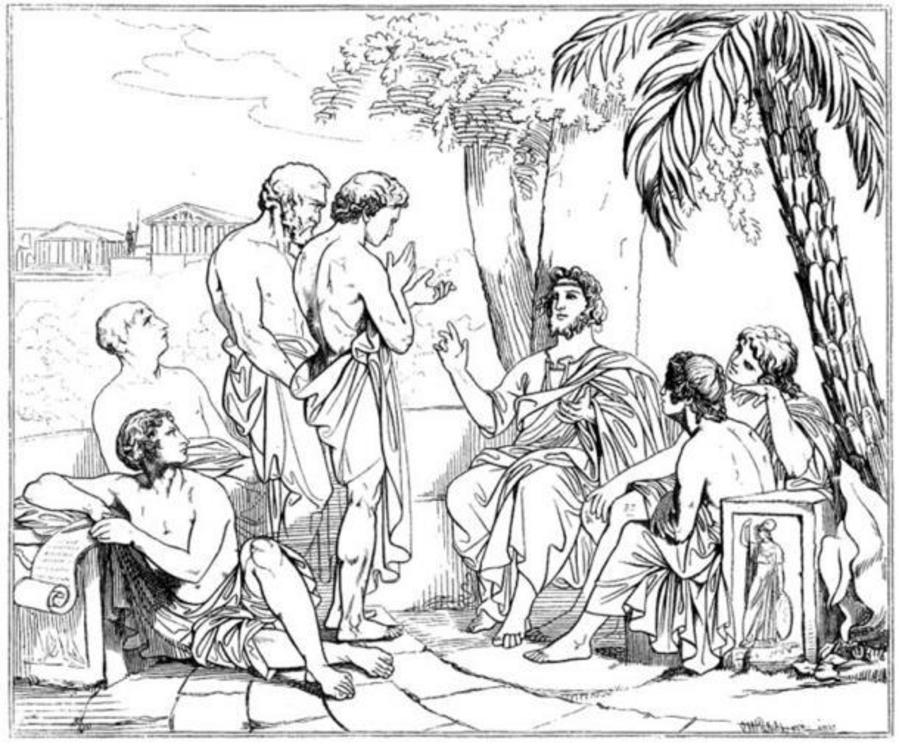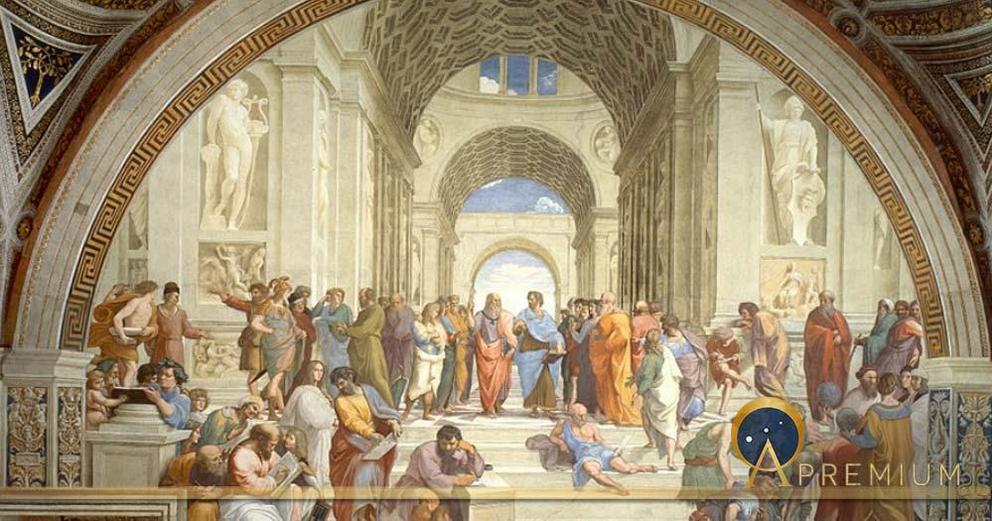Hermetic individuation: the discovery of the self in the teachings of Hermes Trismegistus
At the core of the philosophy of Plato, we find one of the oldest written accounts of a type of psychological physics in the history of Western literature. Drawing from Pythagorean and archaic Greek cosmological concepts, Plato developed his theory of the archetypal forms or ideas. The archetypal forms are primary: the objects and phenomena of sensible reality are derived from them. As the timeless forces that shape the physical world, they represent a hidden, greater reality and are thus of a more substantial and pure being than the realm of physical manifestation. The archetypal forms are part of the intelligible world, a transcendent realm above or beyond the physical world and from which sensible reality draws its very existence. Overseeing the process by which all things are brought into existence from the archetypal forms is a deity known as the demiurge or craftsman, whose work is to oversee the process of becoming by which reality itself comes into existence.
 Plato in his academy, drawing after a painting by Swedish painter Carl Johan Wahlbom
Plato in his academy, drawing after a painting by Swedish painter Carl Johan Wahlbom
The archetypal forms were associated with the mathematical principles of Pythagoras on one hand and the gods and mythic beings of archaic times on the other. In this sense they were considered to represent the experiences of human beings. Athena became associated with mind, for example, while Apollo became representative of Illumination. However we may choose to view this aspect of the archetypal forms today, the fact is that Platonic philosophy represented a major step forward from primitive superstition and archaic religion, as Greek man attempted to redefine his experience of the numinous and comprehend universal experiences, emotions, and concepts in a new light. Associated with this type of experiential knowledge were altered states of consciousness, which in the Platonic dialogues are referred to as divine manias. Mania was believed to have inspired religious experiences, the great poets, and oracles, such as the oracle of Delphi .
Between roughly 200 BC and 200 AD, the spread of Greek language and philosophy around the world of Late Antiquity resulted in an era of syncretism, as various theologians, poets, and other thinkers merged Platonic philosophy with their own religious and philosophical traditions. This is the era of Middle Platonism, when such figures as Plutarch of Chaeroneia (46—120 AD) and Philo of Alexandria (20 BC—50 AD) composed their works.
For the rest of this article please go to source link below.

